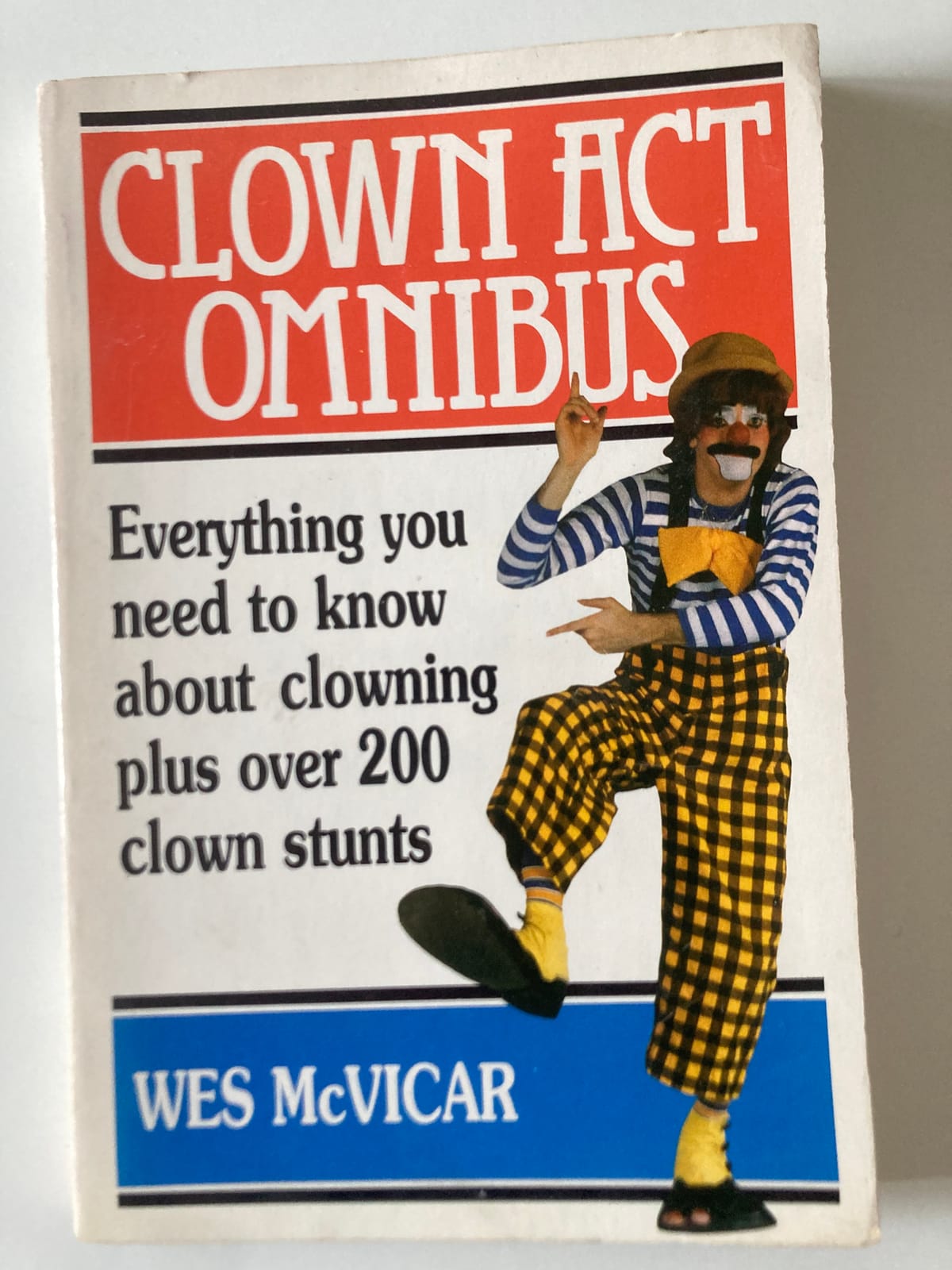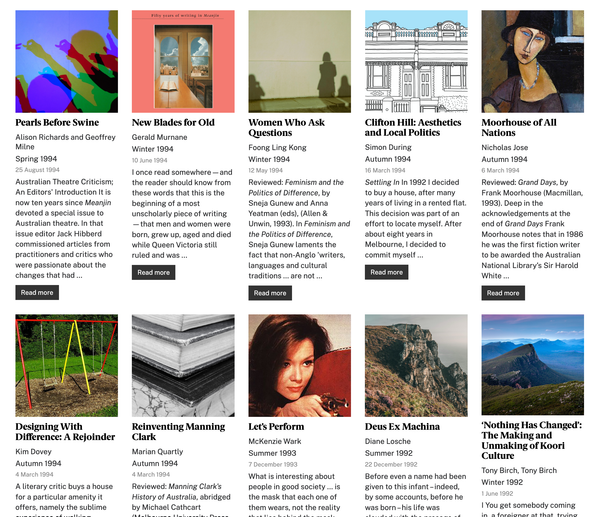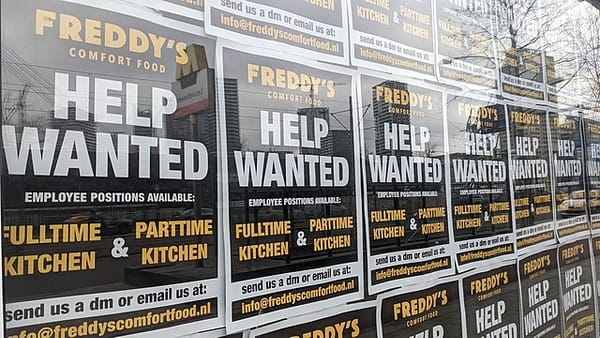Memo: Best Books (Q1, 21C)
On content strategy, empty lists and the maw of cringe

I’ve been traveling with my family for the past few weeks, and not really keeping up with much online. I walked a lot and chatted with my kids. Mum, my older son asks, if you could read only one book for the rest of your life, what would it be? What’s the best book ever written by anyone on the planet? What is your absolute favourite movie of all time? He’s encountered various expressions of my antipathy to favourite books, icecream flavours, flowers, wizards etc but presses on. He wants answers, and so I tell him Moby Dick or Paradise Lost or the OED, and if my answers change from day to day he insists that I account for the difference. Yesterday you said that Merlin was the most powerful wizard of all time! What about the dictionary?
He loves to read and is just learning how to talk about books. These questions are a way for him to enter into conversation with other people about their reading. He’s forming some rough ideas about literary value and I suppose he is trying to stake out a position for himself as a kind of reader. I should add, he’s eight years old, which seems about the right age to me for organising your cultural encounters into a set of top-ten lists.
Offline as I was through much of July, I could not avoid the frenzy around the mid-month release of the New York Times’ Best 100 Books of the 21st Century package. No link required! What a shitshow! This list is at once a triumph of content strategy and the apotheosis of an eight-year-old’s approach to culture. The books matter not a jot. And so perfectly engineered is the package that any criticism or rebuke of the list itself, whether of its premise, methodology, machinery – or indeed of the books themselves, as inconsequential as they are – merely serves to reinforce its real end, which is engagement.
Of course the results are vapid and unsatisfying! Of course a survey conducted by a group of 500-odd bods selected by the New York Times winds up affirming an account of literary culture and value that is absolutely in line with the editorial values of the newspaper, which is to say, heavily weighted towards: American writers; Anglophone writers; writers published by the big five; novelists; middlebrow writers; white writers; bestselling writers. Who cares? (Yasmin Nair’s piece in Current Affairs from a few months ago does an excellent demo job on the editorial values of the NYT Book Review.)
In 2019 the Guardian put together a similar package to the one that appeared in the Times, choosing to mark the first twenty years of the twenty-first century with a best 100 books list. It’s very silly stuff. Wolf Hall, which came second on the NYT list, tops the Guardian’s list. There is plenty of crossover between the two lists – but this doesn’t mean they’re approaching any objective standard of literary quality, it just means they asked a similar group of people to vote. And as with the NYT list, there are entries that I will go to my grave arguing are utterly and irredeemably rubbish (cough cough, Stieg Larsson). A curious feature of the Guardian package is that it’s studded with stills from the film adaptations of novels on the list, presumably so as to make the text-heavy content about books, themselves notoriously text-heavy, more accessible and pleasurable.
Dwight Garner, in his ‘take’ on the list (lol, a very tepid take, and a bit of a sign of the times when the NYT chief critic’s commentary on this canonisation exercise is framed as a ‘take’), sagely writes that, ‘Not everyone is a fan of lists and prizes.’ I am a member of this not everyone category – but I was dazzled by the package as an exercise in content strategy, especially compared to the Guardian’s effort five years ago. If you’re going encourage readers to engage in baroque performances of cultural attainment, and to sacrifice all pretence of criticality at the altar of engagement, I guess you might as well do a slick and competent job of it. And so the list was carefully released in groups of ten books, to increasingly attentive and breathless commentary. What suspense there was! And so many surprises! There were all the sub-lists, the top tens prepared by the authors and critics and celebs who contributed to the big list (hallo, esteemed reader Sarah Jessica Parker), as well as several reflective pieces published by the Times. Truly, an abundance of content.
And there were little treats as part of the package too, the kinds of interactive features my eight-year old son would love. Readers can check boxes to track how many of the books they’ve read – and then proudly tell their friends all about it on social media, or in their newsletters. I’m glad to be mainly off social media, and thus to have avoided the awkwardness of having to witness people I respect posting their NYT Top 100 stats and judging them for it. Still, too many people are posting tear sheets from this ridiculous newspaper stunt! It’s a trap.
Of course there are links to Amazon and other vendors, as well as links to NYT reviews and other recommendations. The package has been meticulously designed to keep people on the NYT site, to click to affiliate links, to provoke them to talk about the list on social media or in their newsletters and thus to drive traffic back and keep the cycle going.
As I’m sure the designers hoped, there has been a steady flow of responses in other media, big and small, as nations lament the exclusion or under-representation of their literatures, as contributors to the list give their account of putting together a top ten, doubts and all, as critics let their readers know what really should have made the list. Sweet, undiluted engagement. And yes, in writing this newsletter, I’m effectively working pro bono for the NYT.
I don’t particularly want to talk about the specifics of the list because the books are irrelevant to the exercise. A different 100 books presented in this format would, I happily wager, have been just as successful, with fans and detractors and posers scrambling to assert which books published in the 21st century are Truly Valuable. You can glean the attitude to literature and reading from the daft summary paragraphs: on Olive Kitteridge, ‘When this novel-in-stories won the Pulitzer Prize for fiction in 2009, it was a victory for crotchety, unapologetic women everywhere, especially ones who weren’t, as Olive herself might have put it, spring chickens’; on Septology, ‘You may not be champing at the bit to read a seven-part, nearly 700-page novel written in a single stream-of-consciousness sentence with few paragraph breaks and two central characters with the same name’; on Exit West, ‘The modern world and all its issues can feel heavy — too heavy for the fancies of fiction’. Gimme a break.
One of the defences that sometimes gets mounted of the listification of culture is that it gets people talking, starts conversations. My kid is a good example of this. He is figuring out ways to talk about books by ranking them, by asking people about their preferences, by positioning himself in relation to them. On its face, this doesn’t sound objectionable, a thriving literary polis requires its citizenry to talk about books. And so behold all these conversations about the best one hundred books of the twenty-first century! The problem is, a lot of these conversations are extremely foolish. They’re conversations that eight-year olds are comfortable with – and they make a bystander despair about the state of contemporary culture.
And so we move to the great scandal, which is the apparent SNUBBING of Australian literature by the powerbrokers of East Coast middlebrow. There were no Australian books included on the NYT list, not a one! It may be that other national literatures were also SNUBBED but this insult to Antipodean literature seems to have been particularly wounding. Hard to believe that the Murnane Nobel Prize pundits didn’t get Border Districts across the line, or that the belated discovery of Helen Garner by North American readers didn’t translate to a comfortable mid-70s position on the list, or that Trent Dalton’s Netflix success didn’t guarantee him a berth. Is it that North American readers aren’t paying attention to Australian writers – or could it be that they don’t like our work? If our literary culture is not recognised by the New York Times, are we in crisis? Are we irrelevant? What hope is there for a mid-list Australian writer if the Americans can’t recognise the genius of Alexis Wright? Aren’t we known for punching above our puny weight? Look at the Olympic medals tally. And so on. Commentary like this is so much pointless waffle and an indication of a national culture that refuses to mature, which is to say, to define its own terms for success. It shouldn’t need to be said, these top 100 lists have nothing useful to say about cultural value, on the East Coast of the United States, in the Anglosphere, or globally.
And yet many folks in the Australian literary community have taken the Omission, it seems, as a great slur on our national culture. The cringe abides! There are, of course, myriad examples of the way international validation is overvalued in the Australian literary field, whether in our funding applications, our review culture, public programming or the quotidian jostles for status between writers. People and artefacts alike benefit from bearing the brand of international approval, no matter how slight or obscure. Have you spoken recently to a small room of readers in a bookshop on the fringe of Manchester? You have an international profile. Has a newsletter author based in Rome for reasons unknown mentioned your book with approval? There it is, an international audience. Australia is a small scene and there are forms of international recognition, or reach, if we must, that are meaningful but as a culture we do tend to place tremendous emphasis on any and all forms of international approval, and worry in proportionate ways about its lack.
This anxious parochialism is not new and it gets us nowhere. Don’t we know this by now? I was surprised by the intensity and urgency of the affects expressed around the NYT list, the disappointment, the rage, the indignation, the stroppy entitlement. These are signs of a culture that remains insecure and immature. And anyway, I wondered how Australian writers would have benefited if one of our number had made the list. Obviously there would have been breathless features across the media, and an interview with PK on RN and all that. Would the funding allocation for Writing Australia have been increased? Hardly. Would Australian writers, who are notoriously bitchy and territorial (sorry, but it’s true) have experienced a collective confidence boost? Could the NYT list have administered a feelgood moment for a cohort of underpaid and undervalued writers? We’re in the realm of delusion here.
Readings took matters into its own hands. Joe Rubbo writes, ‘As fierce advocates for Australian literature we were disappointed not to see any of our own remarkable writers on the list . . . and as fierce advocates for Australian literature we’ve decided to do something about it.’ So they surveyed a bunch of writers and their own staff, and put together a list of their own, the 30 best Australian books of the 21st century. They have learned lessons from the NYT list, and are soliciting responses from readers, inviting them to nominate their own faves. Of course, the list is housed on the Readings website and it’s very easy to purchase the books. A cynical observer (moi, par exemple) might be inclined to see this act of literary community service as a work of opportunistic marketing, but what would I know?
I will further say that the Readings list contains several mediocre books that in my view were egregiously overhyped at publication and remain so. If I believed the list were a true or even partial reflection of the vitality or distinctiveness of Australian literary culture over the last 25 years, I would give up on the whole project. I am all for fierce advocacy of Australian literature but these noisy, embarrassing expressions of the cringe (will it ever die?) are not the way to do it, they just reinforce yet more bleak, insular middlebrow nonsense. The answer isn’t to propose another list, one that subs in yet another canon of Great Australian Works, it’s to stop trying to organise culture into a set of checklists, into optimal experiences, bucket lists, into winners and losers, and also to stop conflating sales initiatives with critical response.
The NYT list was compiled largely by readers who don’t read Australian literature - or Indian literatures, or Chinese literatures in translation, or Brazilian or Argentinian or New Zealand or South African writing. Lists, like prizes, reflect the values and experiences of the people making the decisions, which is why it’s so silly to take offence at a perceived exclusion. Who wants to go that party? Who wants to play that game? Like I’d say to my kid, just ignore those jerks, go play with someone else, make up a new game completely.
Thanks for reading Infra Dig! Subscribe for free to receive new posts and support my work.



